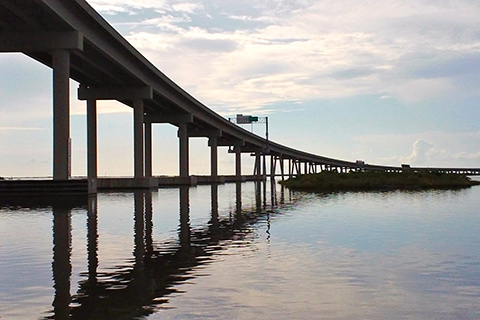
For three days in 2005, flooding from Hurricane Katrina cut off the only road to Port Fourchon. Officials had to decide: did the risk of future flooding justify the cost of raising the roadway out of the Gulf's rising waters?

NOAA is helping the CDC build a new heat-health information system to help protect Americans from sweltering summers.
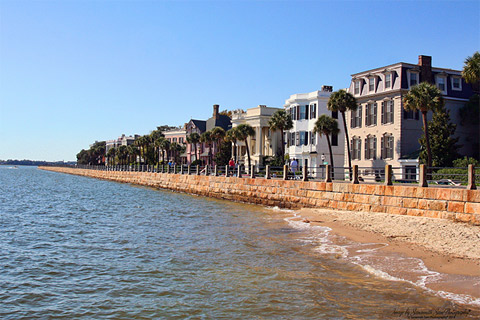
Several times per year, seawater floods some of the streets in Charleston, South Carolina. Taking steps to deal with this "nuisance" flooding can help the city prepare for sea level rise.

Will global warming cause tourism at U.S. National Parks to warm up or overheat?
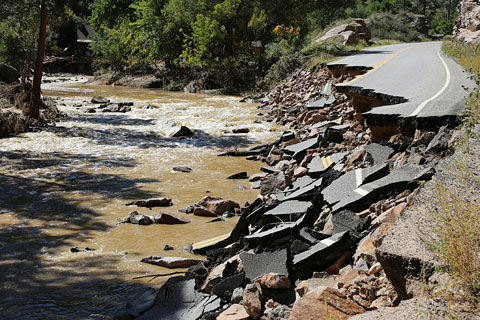
After an extremely heavy rain in September 2013 destroyed 500 miles of roads, Colorado is redesigning some riverside roadways to be more resilient to future floods.

Community groups are working to establish a connected ring of conservation land around St. Louis, Missouri. They're also incorporating economic data with flood models to help them target areas that will also provide flood protection.
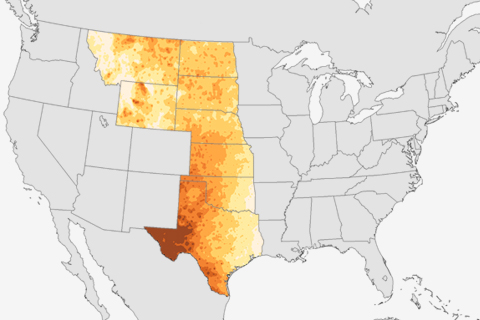
From soybeans and sunflowers in North Dakota to cotton and winter wheat in Texas, large stretches of croplands in the U.S. Great Plains rely exclusively on rain. Those croplands are likely to face longer dry spells by mid-century.
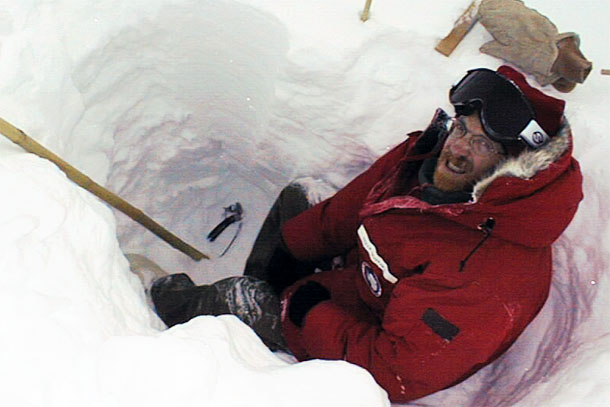
Some of the chemicals that replaced ozone-harming CFCs are long-lived greenhouse gases. At NOAA's lab in Boulder, Colorado, chemist Steve Montzka leads the effort to monitor the concentration of CFC-substitutes and their potential impact on global warming.
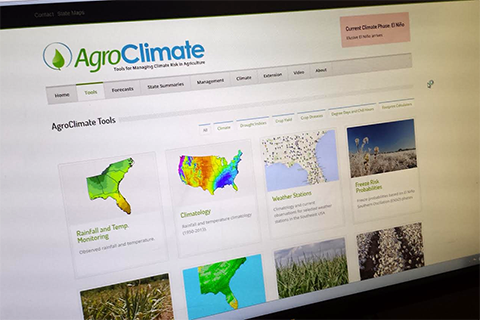
AgroClimate.org is an open-source suite of tools and resources tailored to farmers and ranchers in the southeastern United States.
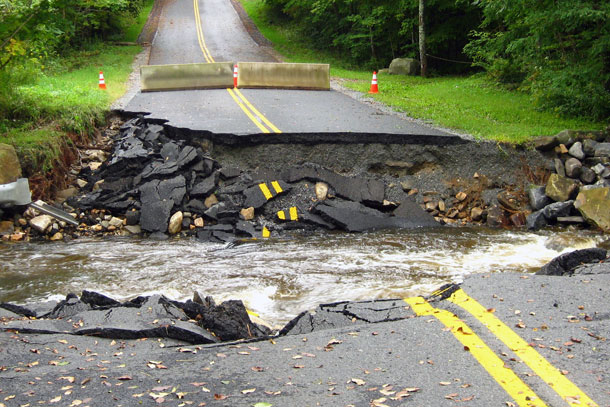
Laura Sagar uses climate data of the frequency and severity of heavy rain events—and how they are changing—to evaluate her county's culvert infrastructure. Understanding the region's rainfall extremes will allow the county to improve the resilience of its roadways.